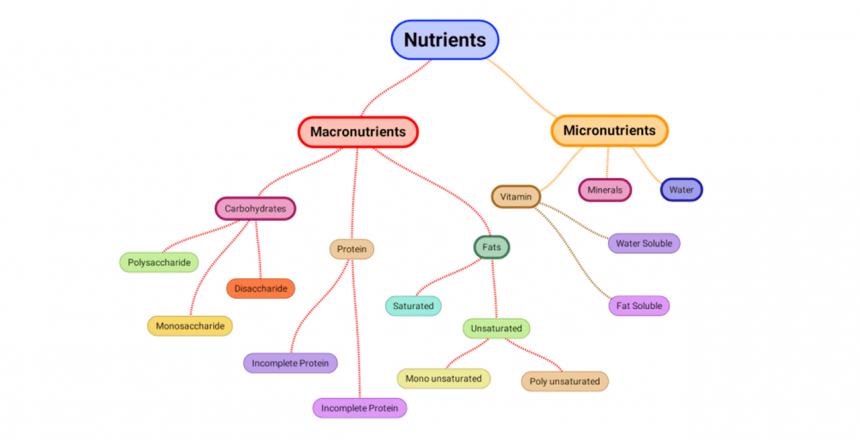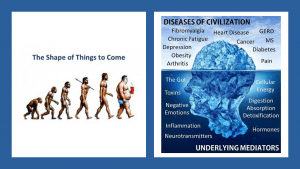Nutrition is an area filled with differing opinions and advice. As part of our Vibrant Life Key #2 where we look at developing ideal internal chemistry we have described in general terms our recommendations for both macronutrients and micronutrients in your general nutrition plan (menu or diet).
Micronutrients and Macronutrients:
Macronutrients are the major food classes: carbohydrates, proteins and fats.
Micronutrients are everything else – vitamins, minerals, phytonutrients, glyconutrients and more…
The macronutrient profile we recommend is based strongly upon the research undertaken into the paleolithic or hunter-gatherer/primal models of how our ancestors most likely ate (with the addition of data from some existing modern hunter-gatherer tribes, communities and peoples).
There are a number of differences in these recommendations from the ‘common wisdom’ – the guidelines suggested by most governments, medical doctors and ditetics associations.
In terms of the gross numbers:
- protein rises from 15-20% to 20-35%,
- carbohydrate decreases from 45-55% down to 25-40% and
- fats slightly increase from a range of 35-40% in typical modern menus to a range of 30-45%.
However, one of the more significant differences in our recommendations relate to the qualitative sources of these macronutrients.
In the modern menu, protein is usually sourced from industrially farmed meat and fish, where meat has often been marbled with saturated fat, and Omega-3 content rendered pretty much zero.
Under our recommended approach, protein comes from vegetable sources and lean, preferably wild game meats, with only some fish consumed, to reduce likelihood of consuming concentrated toxicity.
Carbohydrates in the modern menu, primarily come from processed grains, sugar and corn syrups, with deficient consumption of fruit and vegetables.
Our suggested framework has carbohydrate beins sourced wholly from fruits and veggies, and there is a focus away from highly starchy vegetables like white potato.
Finally, fats in the modern menu usually come from grain-fed meats, dairy and a LOT from trans-fats.
Under our suggested menu, healthier sources include organic meats and fish, vegetables and nuts.
The micronutrient profile we recommend includes a greater quantity and range because of the types of foods eaten, with the exception of Sodium (only 14% of that contained in the modern menu).
We suggest that this was a natural and appropriate result while there was a 65:35 plant animal ratio, but because of the quality of foods and the amount of fibre consumed, there is little chance of achieving any form of toxicity.
Examples of the different quantities of micronutrients include:
- 4x increase in riboflavin,
- 8x increase in vitamin C,
- 6x more Iron, and
- 3x the Vitamins A & E, and the minerals Zinc & Potassium.













